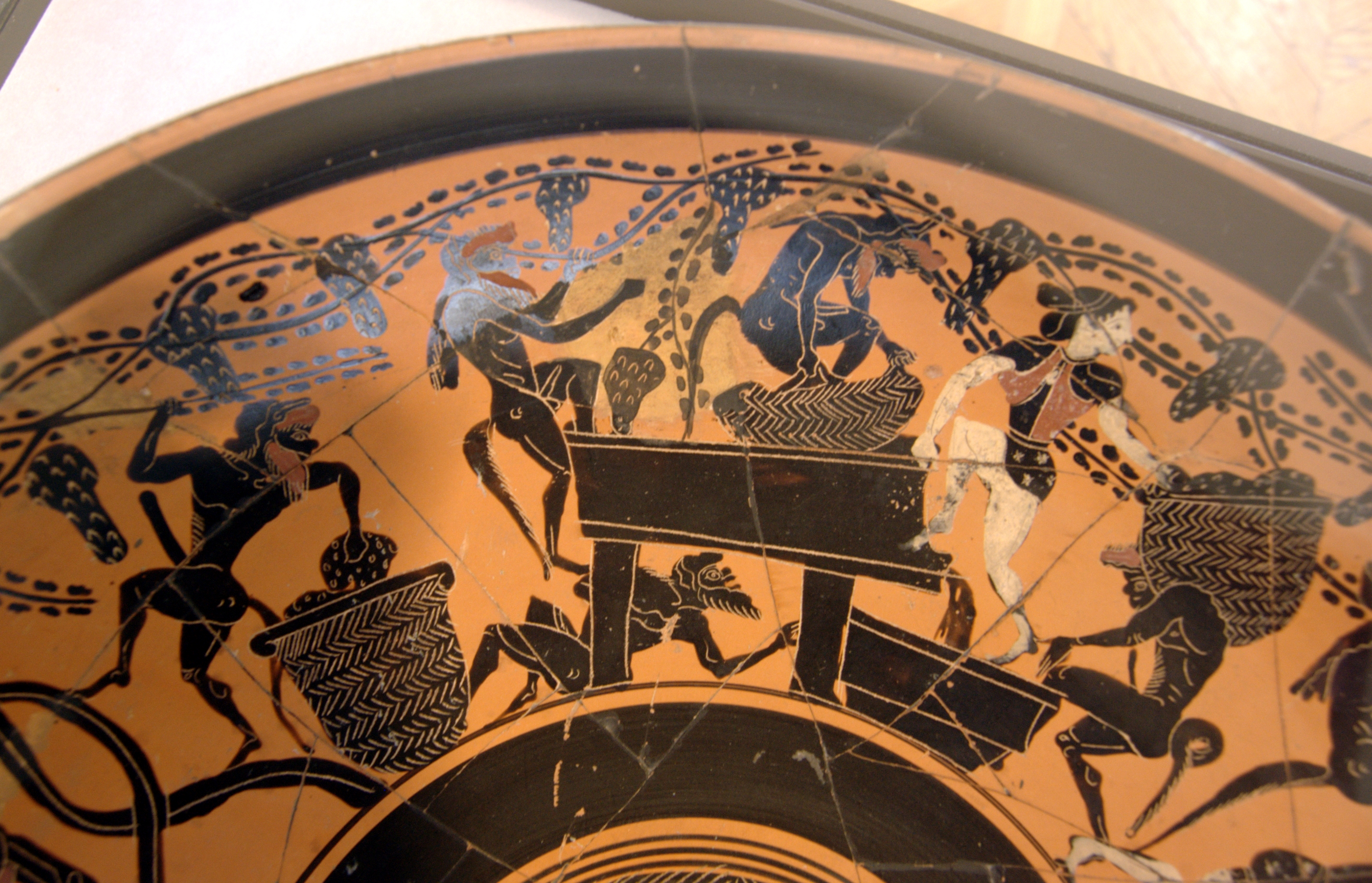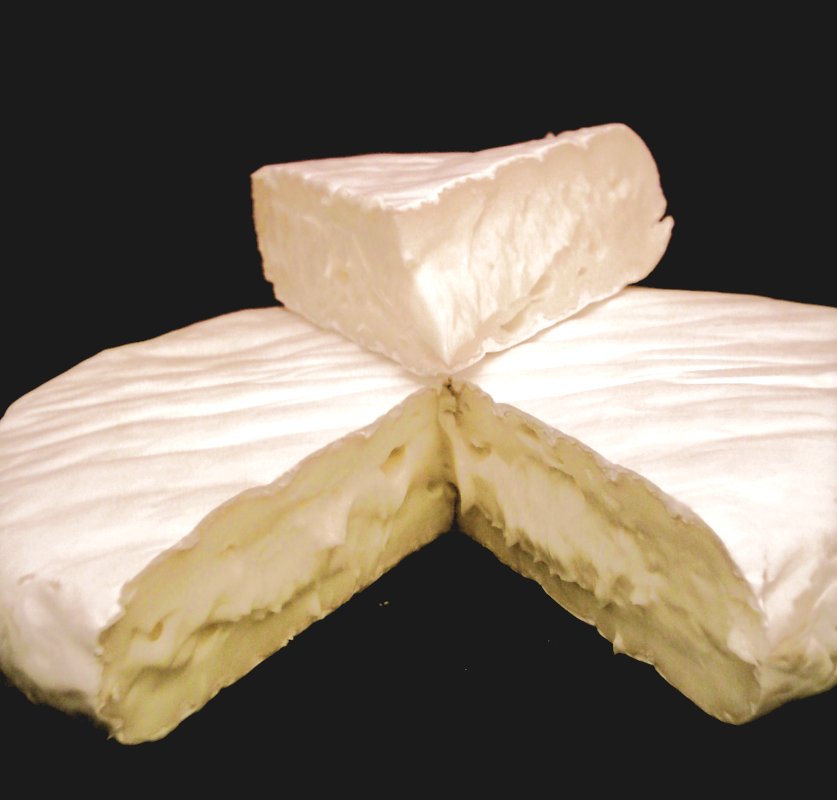|
Gaddi's
Gaddi's is a French haute cuisine restaurant situated in The Peninsula Hong Kong hotel. It was opened in 1953 and named after a former general manager of The Peninsula, Leo Gaddi. The current executive chef, chef de cuisine is Rémi Van Peteghem, Albin Gobil. Decor The decor is meant to evoke colonial Hong Kong, old Hong Kong and the hotel's original 1928 neoclassical architecture. It has a European dining room, with two six-foot crystal-and-silver chandeliers from Paris, Tai Ping carpets, and a Chinese coromandel screen dating from 1670. It also created the first Restaurant#Chef's table, chef's table in Hong Kong where the Chef Table diners sit at a special table beside the Gaddi's kitchen viewing the dishes being prepared. Food The food is French cuisine, classically French but with inventive European cuisine, European influenceOnline Frommer's review Examples of past dishes include: * Raw-marinated foie gras with toasted brioche * Twice-cooked pork belly with mustar ... [...More Info...] [...Related Items...] OR: [Wikipedia] [Google] [Baidu] |
The Peninsula Hong Kong
The Peninsula Hong Kong is a colonial-style luxury hotel located in Tsim Sha Tsui, Kowloon, Hong Kong. It is the flagship property of The Peninsula Hotels group, part of the Hong Kong and Shanghai Hotels Group. The hotel opened in 1928 and was the first under The Peninsula brand. Expanded in 1994, the hotel combines colonial and modern elements, and is notable for its large fleet of Rolls-Royces painted a distinctive "Peninsula green". History Founded by members of the Kadoorie family, The Peninsula was built with the idea that it would be "the finest hotel east of Suez". Originally planned for a 1924 opening, the hotel opened on 11 December 1928 and was the successor of Hongkong Hotel. The Peninsula was located in Tsim Sha Tsui, Kowloon, Hong Kong. at the junction of Nathan Road and Salisbury Road, directly opposite the quays where ocean liner passengers disembarked. Kowloon was also the last stop on the trans-Siberian rail link that brought travelers from Europe. Fol ... [...More Info...] [...Related Items...] OR: [Wikipedia] [Google] [Baidu] |
Kowloon
Kowloon () is an urban area in Hong Kong comprising the Kowloon Peninsula and New Kowloon. With a population of 2,019,533 and a population density of in 2006, it is the most populous area in Hong Kong, compared with Hong Kong Island and the rest of the New Territories. The peninsula's area is about . Location Kowloon is located directly north of Hong Kong Island across Victoria Harbour. It is bordered by the Lei Yue Mun strait to the east, Mei Foo Sun Chuen, Butterfly Valley and Stonecutter's Island to the west, a mountain range, including Tate's Cairn and Lion Rock to the north, and Victoria Harbour to the south. Also, there are many islands scattered around Kowloon, like CAF island. Administration Kowloon comprises the following districts: *Kowloon City * Kwun Tong *Sham Shui Po *Wong Tai Sin * Yau Tsim Mong Name The name 'Kowloon' () alludes to eight mountains and a Chinese emperor: Kowloon Peak, Tung Shan, Tate's Cairn, Temple Hill, Unicorn Ridge, Lion Rock, Be ... [...More Info...] [...Related Items...] OR: [Wikipedia] [Google] [Baidu] |
Pork Belly
Pork belly or belly pork is a boneless and fatty cut of meat from the belly of a pig. Pork belly is particularly popular in Hispanic, Chinese, Danish, Norwegian, Korean, Thai and Filipino cuisine. Regional dishes France In Alsatian cuisine, pork belly is prepared as ''choucroute garnie''. China In Chinese cuisine, pork belly () is most often prepared by dicing and slowly braising with skin on, marination, or being cooked in its entirety. Pork belly is used to make red braised pork belly () and '' Dongpo pork'' () in China ( sweet and sour pork is made with pork fillet). Latin American and Caribbean In Dominican, Colombian, Venezuelan, and Puerto Rican cuisine, pork belly strips are fried and served as part of '' bandeja paisa'' ''surtido'' ('' chicharrón''). In Venezuela, it is known as , not to be confused with (pork skins) (although the ''arepa'' uses fried pork belly instead of skins). Local tradition uses tocineta as one of the fillings of traditiona ... [...More Info...] [...Related Items...] OR: [Wikipedia] [Google] [Baidu] |
French Restaurants In Hong Kong
French (french: français(e), link=no) may refer to: * Something of, from, or related to France ** French language, which originated in France, and its various dialects and accents ** French people, a nation and ethnic group identified with France ** French cuisine, cooking traditions and practices Fortnite French places Arts and media * The French (band), a British rock band * "French" (episode), a live-action episode of ''The Super Mario Bros. Super Show!'' * ''Française'' (film), 2008 * French Stewart (born 1964), American actor Other uses * French (surname), a surname (including a list of people with the name) * French (tunic), a particular type of military jacket or tunic used in the Russian Empire and Soviet Union * French's, an American brand of mustard condiment * French catheter scale, a unit of measurement of diameter * French Defence, a chess opening * French kiss, a type of kiss involving the tongue See also * France (other) * Franch, a surname * Frenc ... [...More Info...] [...Related Items...] OR: [Wikipedia] [Google] [Baidu] |
The Independent
''The Independent'' is a British online newspaper. It was established in 1986 as a national morning printed paper. Nicknamed the ''Indy'', it began as a broadsheet and changed to tabloid format in 2003. The last printed edition was published on Saturday 26 March 2016, leaving only the online edition. The newspaper was controlled by Tony O'Reilly's Irish Independent News & Media from 1997 until it was sold to the Russian oligarch and former KGB Officer Alexander Lebedev in 2010. In 2017, Sultan Muhammad Abuljadayel bought a 30% stake in it. The daily edition was named National Newspaper of the Year at the 2004 British Press Awards. The website and mobile app had a combined monthly reach of 19,826,000 in 2021. History 1986 to 1990 Launched in 1986, the first issue of ''The Independent'' was published on 7 October in broadsheet format.Dennis Griffiths (ed.) ''The Encyclopedia of the British Press, 1422–1992'', London & Basingstoke: Macmillan, 1992, p. 330 It was produc ... [...More Info...] [...Related Items...] OR: [Wikipedia] [Google] [Baidu] |
Vintage
Vintage, in winemaking, is the process of picking grapes and creating the finished product—wine (see Harvest (wine)). A vintage wine is one made from grapes that were all, or primarily, grown and harvested in a single specified year. In certain wines, it can denote quality, as in Port wine, where Port houses make and declare vintage Port in their best years. From this tradition, a common, though not strictly correct, usage applies the term to any wine that is perceived to be particularly old or of a particularly high quality. Most countries allow a vintage wine to include a portion of wine that is not from the year denoted on the label. In Chile and South Africa, the requirement is 75% same-year content for vintage-dated wine. In Australia, New Zealand, and the member states of the European Union, the requirement is 85%. In the United States, the requirement is 85%, unless the wine is designated with an AVA, (e.g., Napa Valley), in which case it is 95%. Technically, the 85% r ... [...More Info...] [...Related Items...] OR: [Wikipedia] [Google] [Baidu] |
Wine Cellar
A wine cellar is a storage room for wine in bottles or barrels, or more rarely in carboys, amphorae, or plastic containers. In an ''active'' wine cellar, important factors such as temperature and humidity are maintained by a climate control system. In contrast, ''passive'' wine cellars are not climate-controlled, and are usually built underground to reduce temperature swings. An aboveground wine cellar is often called a ''wine room'', while a small wine cellar (fewer than 500 bottles) is sometimes termed a ''wine closet''. The household department responsible for the storage, care and service of wine in a great mediaeval house was termed the buttery. Large wine cellars date back over 3,700 years. Purpose Wine cellars protect alcoholic beverages from potentially harmful external influences, providing darkness, constant temperature, and constant humidity. Wine is a natural, perishable food product issued from fermentation of fruit. Left exposed to heat, light, vibration or fluctuati ... [...More Info...] [...Related Items...] OR: [Wikipedia] [Google] [Baidu] |
Tasting Menu
A tasting menu is a collection of several dishes in small portions, served by a restaurant as a single meal. The French name for a tasting menu is ''menu dégustation''. Some restaurants and chefs specialize in tasting menus, while in other cases, it is a special or a menu option. Tasting menus may be offered to provide a sample of a type of cuisine, a house specialty, or to take advantage of fresh seasonal ingredients. Coming to the mainstream in the 1990s, tasting menus evolved into elaborate showcases highlighting the culinary artistry of the chef. The trend traces back centuries, but some trace the latest evolution to the mid-1990s and two highly lauded restaurants, Chef Ferran Adrià's El Bulli in Spain, and Chef Thomas Keller's French Laundry, in Napa Valley, north of San Francisco in the U.S., that offered tasting menus of 40 courses or more. Feb. 2015. Tasting menus have since become increasingly popular, to the point where, in 2013, ''New York Times'' food critic Pete W ... [...More Info...] [...Related Items...] OR: [Wikipedia] [Google] [Baidu] |
Caviar
Caviar (also known as caviare; from fa, خاویار, khâvyâr, egg-bearing) is a food consisting of salt-cured roe of the family Acipenseridae. Caviar is considered a delicacy and is eaten as a garnish or a spread. Traditionally, the term caviar refers only to roe from wild sturgeon in the Caspian Sea and Black Sea (Beluga, Ossetra and Sevruga caviars). The term caviar can also describe the roe of other species of sturgeon or other fish such as paddlefish, salmon, steelhead, trout, lumpfish, whitefish, or carp. The roe can be "fresh" (non-pasteurized) or pasteurized, with pasteurization reducing its culinary and economic value. Terminology According to the United Nations' Food and Agriculture Organization, roe from any fish not belonging to the Acipenseriformes order (including Acipenseridae, or sturgeon ''sensu stricto'', and Polyodontidae or paddlefish) are not caviar, but "substitutes of caviar." This position is also adopted by the Convention on International ... [...More Info...] [...Related Items...] OR: [Wikipedia] [Google] [Baidu] |
Camembert (cheese)
Camembert (, also , ) is a moist, soft, creamy, surface-ripened cow's milk cheese. It was first made in the late 18th century in Camembert, Normandy, in northwest France. It is sometimes compared in look and taste to brie cheese, albeit with a slightly lower butterfat content than brie's typical 60% and 75% by weight. Production The first camembert was made from unpasteurized milk, and the AOC variety "Camembert de Normandie" (approximately 10% of the production) is required by law to be made only with unpasteurized milk. Many modern cheesemakers, however, use pasteurized milk for reasons of safety, compliance with regulations, or convenience. The cheese is made by inoculating warmed cow milk with mesophilic bacteria, then adding rennet and allowing the mixture to coagulate. The curd is then cut into roughly 1 cm (1/2 inch) cubes, salted, and transferred to low cylindrical camembert molds. The molds are turned every six to twelve hours to allow the whey to drain eve ... [...More Info...] [...Related Items...] OR: [Wikipedia] [Google] [Baidu] |
Rye Bread
Rye bread is a type of bread made with various proportions of flour from rye grain. It can be light or dark in color, depending on the type of flour used and the addition of coloring agents, and is typically denser than bread made from wheat flour. Compared to white bread, it is higher in dietary fiber, fiber, darker in color, and stronger in flavor. Rye bread was considered a staple through the Middle Ages. Many different types of rye grain have come from north-central, western, and eastern European countries such as Iceland, Germany, Austria, Denmark, Sweden, Norway, Finland, Estonia, Latvia, Lithuania, Poland, Belarus, Ukraine, Russia, the Netherlands, Belgium, France, and the Czech Republic and is also a specialty in the canton of Valais in Switzerland. Around 500 AD, the Germanic tribe of Saxon people, Saxons settled in Great Britain, Britain and introduced rye, which was well-suited to its temperate climates. Biochemistry While rye and wheat are genetically similar enou ... [...More Info...] [...Related Items...] OR: [Wikipedia] [Google] [Baidu] |
Fritters
A fritter is a portion of meat, seafood, fruit, vegetables or other ingredients which have been battered or breaded, or just a portion of dough without further ingredients, that is deep-fried. Fritters are prepared in both sweet and savory varieties. Etymology The 1854 edition of ''An American Dictionary of the English Language'' by Noah Webster defines fritter as a transitive verb meaning "to cut meat into small pieces to be fried". Another definition from 1861 is given as "a pancake cont. chopped fruit, poultry, fish; also a small piece of meat fried". Varieties Africa West African countries have many variations similar to fritters. The most common process includes the blending of peeled black-eyed peas with peppers and spices to leave a thick texture. A Yoruba version, akara, is a popular street snack and side dish in Nigerian culture. South Africa Pumpkin fritters, served with cinnamon sugar at any time of day, are popular in South Africa. Asia South Asia Frit ... [...More Info...] [...Related Items...] OR: [Wikipedia] [Google] [Baidu] |






